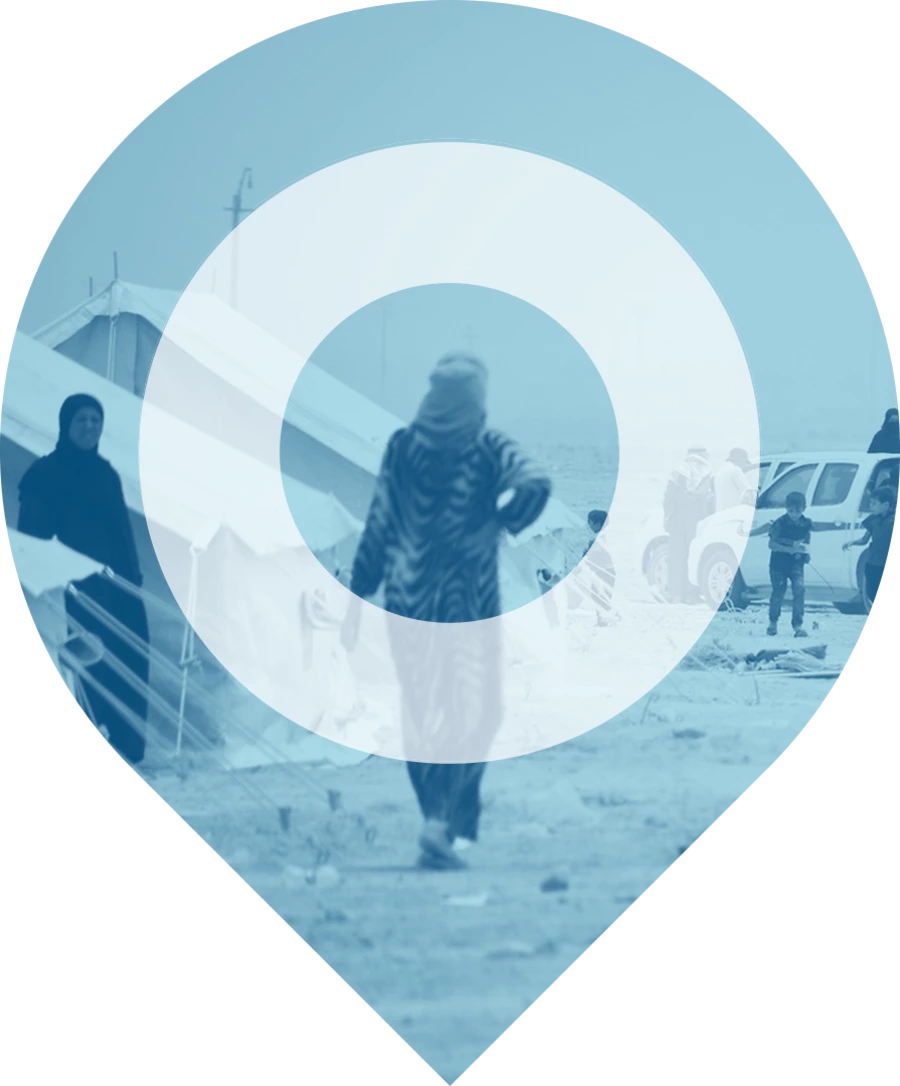TOOLS & RESOURCES
Weekly
highlights
Every week, we publish new highlights on recent humanitarian developments to enable crisis responders to prioritise based on the needs of affected populations.
14/10/2025
Mozambique
By October 2025, the conflict in Cabo Delgado since 2017 had affected all 17 districts of Mozambique and displaced around 1.3 million people. Between July–October alone, over 77,000 people fled renewed violence by non-state armed groups in northern Mozambique, including nearly 40,000 displacements between 22 September and 6 October across Cabo Delgado and neighbouring Nampula. Women and children make up 80% of those displaced, with most accommodated in host communities and a smaller proportion in official resettlement sites. The violence has also spread to Memba district in Nampula province, where abductions and targeted assaults on civilians and public infrastructure have been reported. Homes have been burnt, and a school and a health centre have been destroyed. Worsening insecurity has significantly disrupted humanitarian operations, leading UN agencies to suspend planned Joint Response Plan activities in Nangade on 11 October. Affected people urgently need food, shelter, NFIs, and protection. (IOM 09/10/2025, ECHO 13/10/2025, OCHA 10/10/2025)
14/10/2025
Kenya
By September 2025, Kenya was hosting 864,693 refugees and asylum seekers, primarily in Dadaab, Kakuma, and Kalobeyei. The 2025 REACH Multi-Sector Needs Assessment indicates a sharp deterioration in living conditions from funding shortfalls, forcing WFP to reduce rations to 28% of the minimum food basket and suspend cash assistance. Food insecurity remains the most pressing need. Households increasingly rely on in-kind aid, borrowing, and credit. Water access is unreliable, and 72% of households lack handwashing facilities, heightening WASH-related health risks. Child health and nutrition outcomes have worsened; only 44% of children have received vitamin A supplements and 53% deworming treatment. The average household income – KES 6,982 (USD 54) – remains well below the minimum expenditure basket of KES 16,424 (127), pushing 74% of families to adopt potentially harmful coping strategies. Education attendance has declined amid financial barriers and child labour. Only 10% of households received aid in the past three months, reflecting growing vulnerability across camps. (IOM/REACH 06/10/2025, UNHCR accessed 16/10/2025)
14/10/2025
Philippines
On 10 October 2025, a magnitude 7.4 earthquake struck Manay municipality, Davao Oriental, followed by a magnitude 6.8 aftershock. The tremors triggered landslides and ground fissures, prompting panic evacuations as tsunami alerts forced thousands to flee coastal areas. By 14 October, the National Disaster Risk Reduction and Management Council estimated that over 845,000 people were affected, with nearly 13,000 still displaced and staying in evacuation centres or with relatives. More than 1,000 aftershocks have destabilised structures, heightening safety concerns and adding damage to homes, bridges, schools, and health facilities. Based on past experiences, the most urgent needs for displaced populations likely include shelter and WASH support. Authorities have declared states of calamity, and national response teams alongside humanitarian responders are intensifying rescue and relief operations to reach remote and intensely affected communities, although aftershocks and disrupted access continue to pose serious challenges for relief efforts. (NDRRMC 14/10/2025, AJ 10/10/2025, Reuters 10/10/2025)


